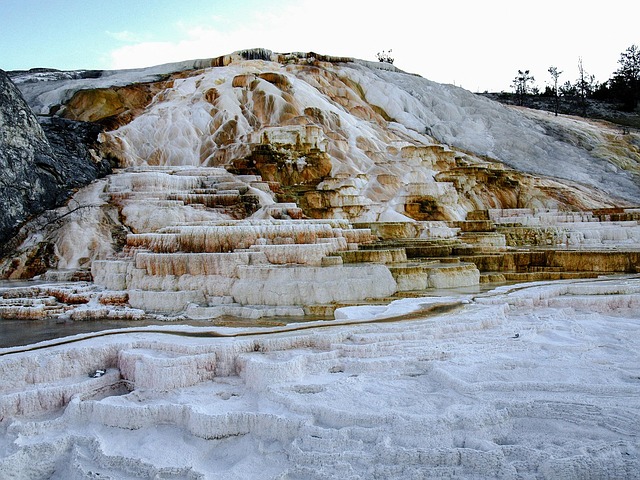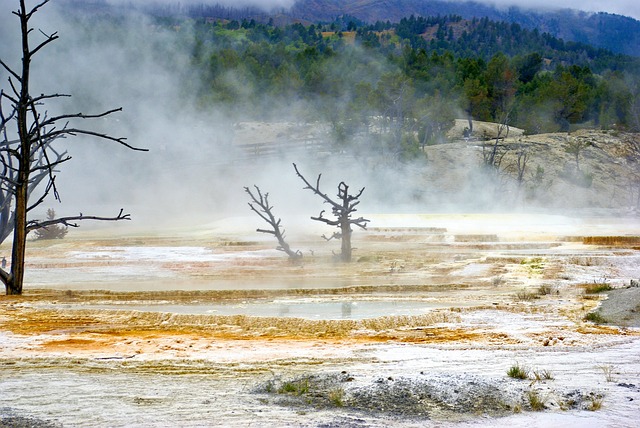Unraveling history of copper production reveals ancient civilizations' ingenuity in extracting this precious metal from diverse landscapes, shaping modern practices including real estate. Copper, crucial for electronics, infrastructure, and daily life, has fueled economic growth but also left environmental footprints. Contemporary mining sites have contaminated soil and water, impacting ecosystems and real estate values. Balancing production with environmental stewardship is essential to preserve natural landscapes and property values. In real estate, copper's high electrical conductivity and durability make it an indispensable material, influencing market trends and demand, with its historical significance driving investment strategies and asset management.
“Explore the enduring legacy of copper production, dating back centuries, in this comprehensive guide. From ancient mining techniques that shaped landscapes to the environmental evolution of copper refining, we uncover a rich history. Discover how these historical roots influence modern real estate practices and investments, as we delve into the sustainability and strategic value of copper in today’s market. Uncover the connections between past and present in the world of real estate.”
Uncovering Ancient Copper Mining Techniques: A Historical Perspective

Unraveling the historical roots of copper production offers a fascinating glimpse into humanity’s past. Ancient civilizations, with their ingenuity and resourcefulness, developed sophisticated methods to extract this precious metal from the earth. These early mining techniques, often tailored to the geographical landscapes they inhabited, left an indelible mark on the industry.
From the rugged mountainsides of ancient copper-rich regions to coastal areas offering abundant water resources, communities across different continents embarked on the challenging yet rewarding journey of copper extraction. The legacy of these old mining practices continues to influence modern approaches in real estate and beyond, showcasing how historical knowledge can shape our present and future endeavors.
The Environmental Impact and Legacy of Copper Production Through the Ages

Copper has long been a sought-after metal, driving significant economic growth and shaping various industries throughout history. Its production, however, has come at an environmental cost. From ancient smelting sites to modern mines, copper extraction has left its mark on landscapes, often leading to soil and water contamination. The legacy of these activities is evident in many areas where former copper towns now face the challenges of contaminated land and water bodies, impacting both ecosystems and real estate values.
As production methods evolved, so did the environmental impact. While traditional mining techniques caused localized damage, contemporary practices aim for greater sustainability. Yet, the search for this precious metal continues to drive exploration, raising concerns about potential future ecological risks. Balancing copper production with environmental stewardship is crucial, especially considering its widespread use in electronics, infrastructure, and various everyday items, solidifying its place as a critical resource in our modern world.
How Copper's Historical Roots Shape Modern Real Estate Practices and Investments

Copper, a metal with deep historical roots in human civilization, has shaped various aspects of our modern lives, including real estate practices and investments. Throughout history, copper has been highly valued for its unique properties—from electrical conductivity to durability. These attributes have made it an indispensable material in construction, infrastructure, and technology, driving demand and influencing market trends.
In the contemporary real estate landscape, understanding copper’s historical significance is essential. Developers, investors, and architects often consider the metal’s enduring appeal and functionality when designing or rehabilitating properties. Copper-based materials continue to be integrated into modern buildings for both aesthetic and practical reasons, contributing to energy efficiency and sustainability goals. This historical connection influences market dynamics, as real estate values can be impacted by the availability and use of copper in a property, making it a key consideration in investment strategies and asset management.






